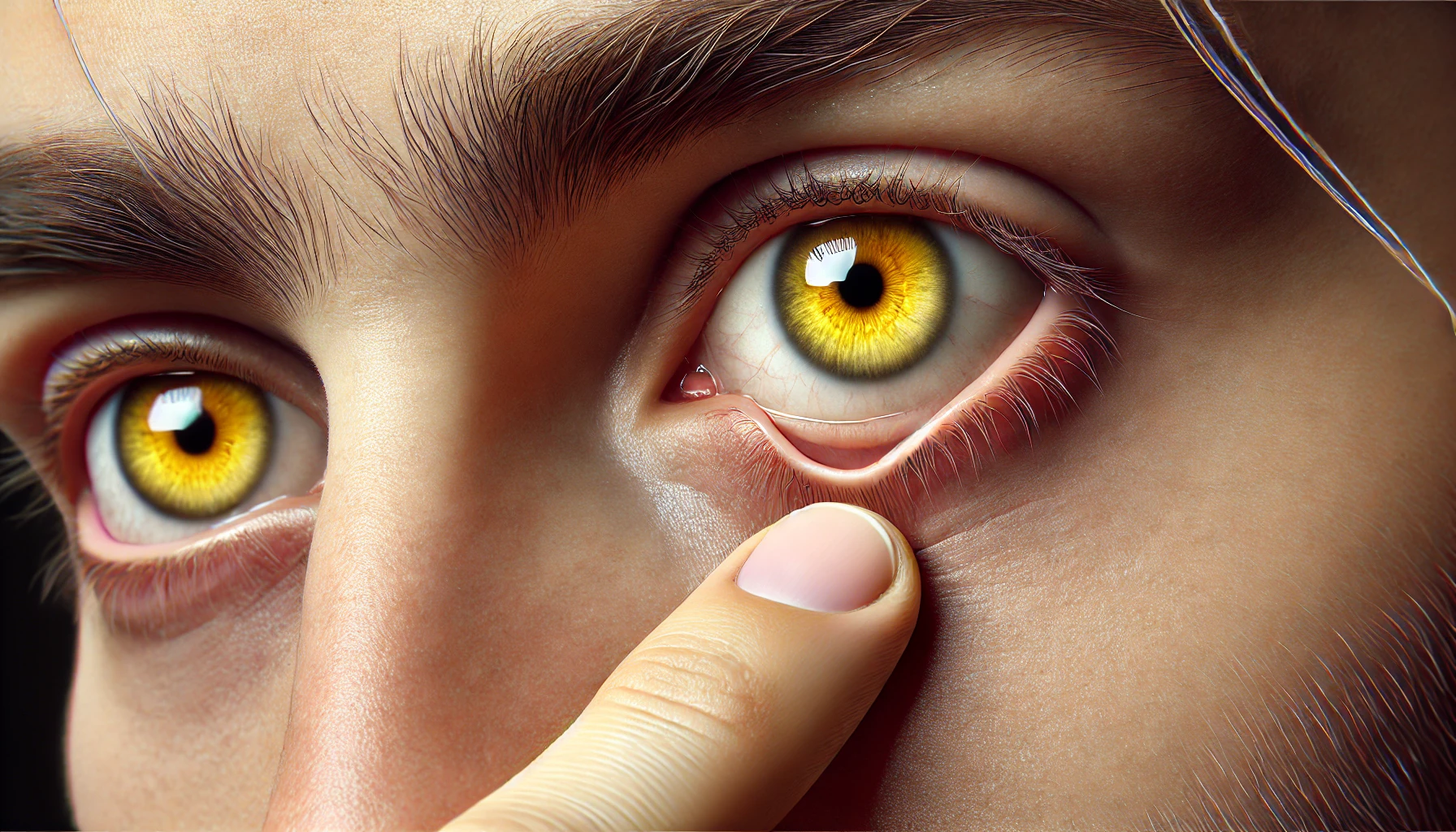Understanding yellow eyes
Check out this answer from Consensus:
Yellow eyes, whether due to genetic mutations in insects, adaptive features in deep-sea fish, or protective pigments in humans, illustrate the diverse evolutionary strategies across species. These adaptations highlight the importance of pigmentation in vision and protection, tailored to the specific needs and environments of each organism.
The phenomenon of yellow eyes can be observed across various species, including insects and deep-sea fish. This article explores the genetic mutations leading to yellow eyes in insects, the optical properties and ecological significance of yellow lenses in deep-sea fish, and the historical perspectives on macular yellow pigment in human eyes.
Yellow Eye Mutation in Insects
A notable example of yellow eyes due to genetic mutation is found in the Mediterranean flour moth, Ephestia kuehniella. A study by Marec and Shvedov (1990) describes a new eye-color mutant, termed “yellow eye” (y), which is inherited as an autosomal recessive trait. This mutation is non-allelic with other known mutations such as white eye (wa) and red eye (a). The yellow coloration is likely due to pteridine pigments, and the interaction between these mutations reveals complex epistatic relationships where wa is phenotypically epistatic over y, and y is epistatic over a1.
Yellow Lenses in Deep-Sea Fish
In the deep-sea environment, certain fish species exhibit yellow lenses, which play a crucial role in their vision. For instance, the stomiatoid deep-sea fish Malacosteus niger has bright yellow lenses with absorption peaks at 425 and 460 nm. These lenses, along with a specialized retinal structure, enhance the fish’s ability to see in the dimly lit deep-sea environment. The presence of an astaxanthin-type retinal tapetum further aids in light absorption and reflection, optimizing vision2.
Similarly, the mesopelagic fish Argyropelecus affinis also possesses yellow lenses with absorption peaks at 405, 430, and 460 nm. The tubular structure of their eyes, combined with the yellow lenses, suggests an adaptation to their specific light conditions in the deep sea, enhancing their ability to detect prey and navigate their environment4.
Macular Yellow Pigment in Humans
The concept of yellow pigmentation in the eyes is not limited to animals. In humans, the macular yellow pigment, primarily composed of lutein, has been a subject of study for over two centuries. This pigment is concentrated in the foveal region of the retina and serves multiple functions. It acts as an optical filter by absorbing blue light, reducing chromatic aberration, and protecting the retina from phototoxic damage. The pigment accumulates from dietary sources and is absent in newborns, gradually increasing with age. Its protective role is highlighted by its absence in albinos and the potential therapeutic benefits in degenerative retinopathies through xanthophyll supplementation3.
